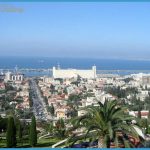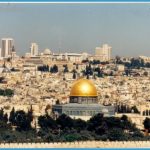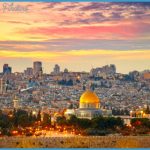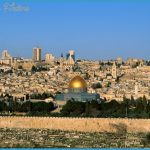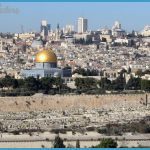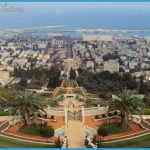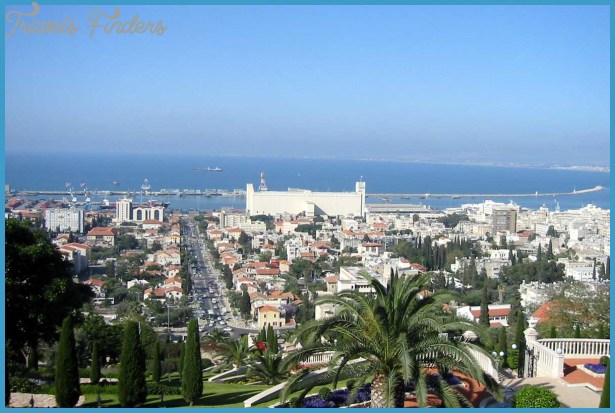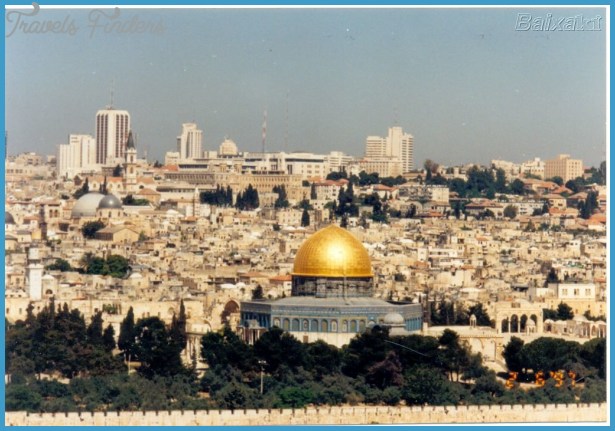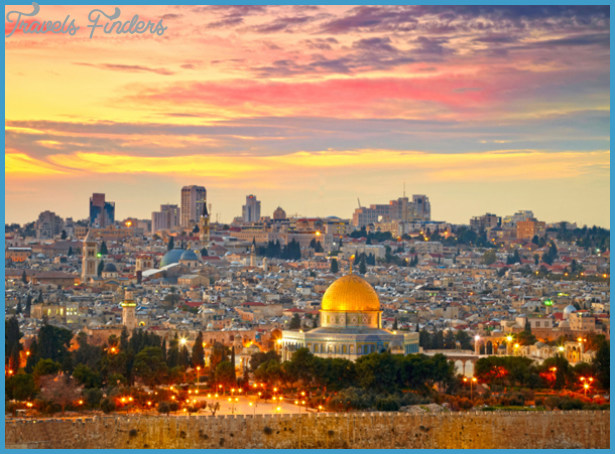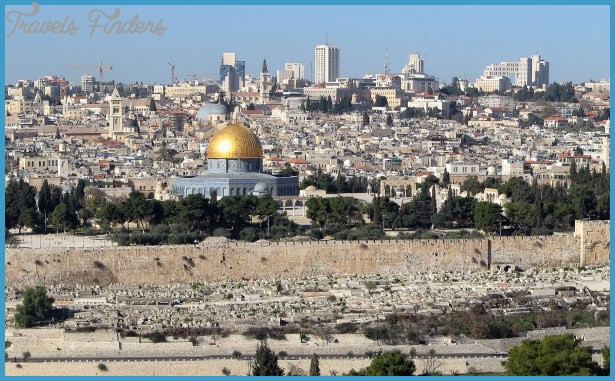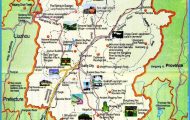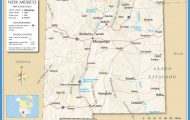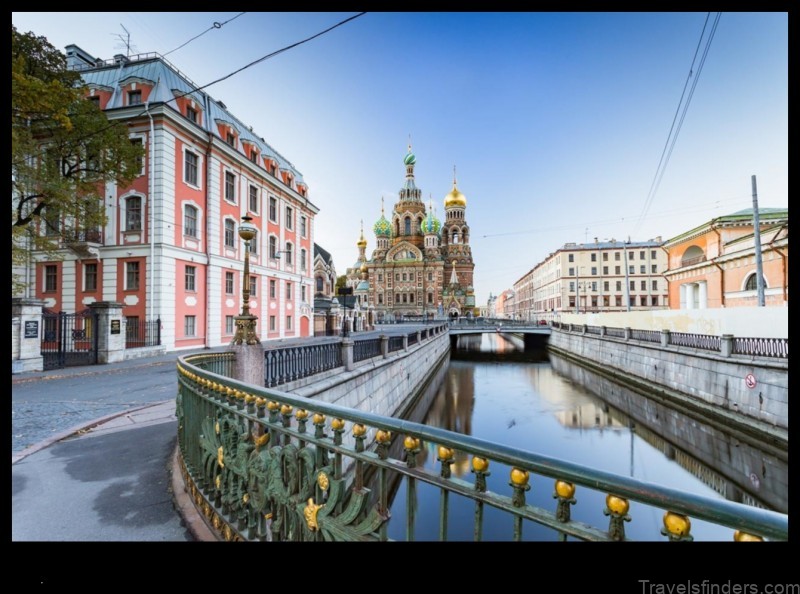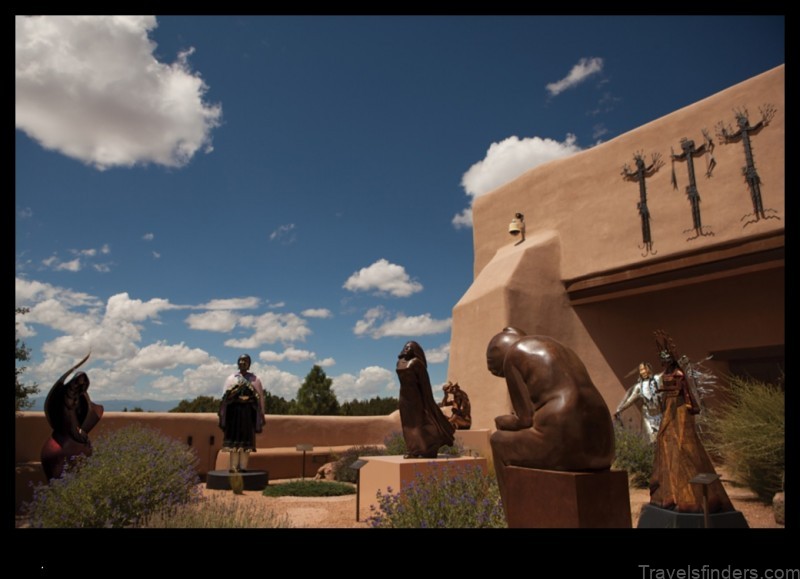OFFICIAL NAME: STATE OF ISRAEL
Little Israel gathers peoples from around the world who come to worship, to relive history, to see firsthand villages and towns about which they have heard most of their lives. There are few holiday tourists as such. For the Israeli government, tourism has become a major source of foreign exchange. (America sends an additional $3 billion in aid.) Some twenty-eight thousand hotel rooms exist and more are being built. Of American visitors to Israel about 70 percent are Jewish. Christian pilgrims are also there and nearly every Christian pastor feels it necessary to have visited Christ’s tomb and the places represented by such names as Bethany, Bethlehem, Hebron, Nazareth, the Sea of Galilee and, above all, Jerusalem holy names to Christian and Jew alike.
Jerusalem has three holy days every week: Friday for the Moslems, Saturday the Sabbath for Jews, and Sunday for Christians. As one of the most polygot cities in the world, nationality means little as compared to one’s religion. A person is either Christian, Moslem, or Jew. Religion overrides race and nationality. Remember that bus and train service ceases from Friday night to Saturday after sundown in honor of the Jewish Sabbath.
Major cities in Israel are the capital, Jerusalem (population 392,000), Greater Tel Aviv (population 1.2 million), and Haifa (population 534,000).
Israel, about the same size as New Jersey, lies with the Mediterranean Sea to the west and Egypt, Jordan, Syria, and Lebanon to the south, east and north. It has four topographical regions: the coastal plain, the central mountains, the Jordan Rift Valley, and the Negev Desert. The Negev, located in the south, comprises half of the country’s total area.
Elevations range from Galilee’s Mt. Meron at 3,930 feet above sea level, to the Dead Sea, which, at 1,300 feet below sea level, is the lowest point on earth.
Jerusalem sits at 2,600 feet and sweaters may be needed in the evenings even in summer. The winters are similar to those in California, mild with a short rainy season. The Dead Sea is like the Great Salt Lake, too salty to drown in (but don’t drink the water). Remove jewelry before going in to prevent corrosion by the salts.
Nearby is the flat-topped mountain, Masada, where the Jewish zealots held out for several years against Roman armies. Besides being a famous tourist attration, Masada is used as the site for swearing in members of the Israeli army. Take the cable car up 1,400 feet to the top unless you want a thirty-minute climb by footpath. It can be very hot. So too can Elath, Israel’s major beach resort. It sits at the head of the Gulf of Agaba, where temperatures reach above one hundred degrees.
For those so inclined there are the kibbutzes, collective farms, that offer hotel-like guest houses and a variety of sports and allow guests to take part in picking fruits or vegetables or working in the fields. Lest you think most Israelis live in kibbutzes, the fact is that they contain less than 4 percent of the population.
Israeli tour guides have their own union, the Israel Tourist Guide Association. Guides must complete a two-year course including history, first aid, geology, and the Bible.
The Jewish menu in Israel resembles that offered in New York City. Hotel buffet breakfasts are an invitation to overeat, with thirty or more choices of cheese, fish, eggs, fruit, vegetables, even salads. Israelis tend towards being vegetarians. The most popular food item is felafel fried, mashed chickpeas served in pita bread. Some restaurants are kosher, meaning that meat and dairy products are never served at the same meal.

